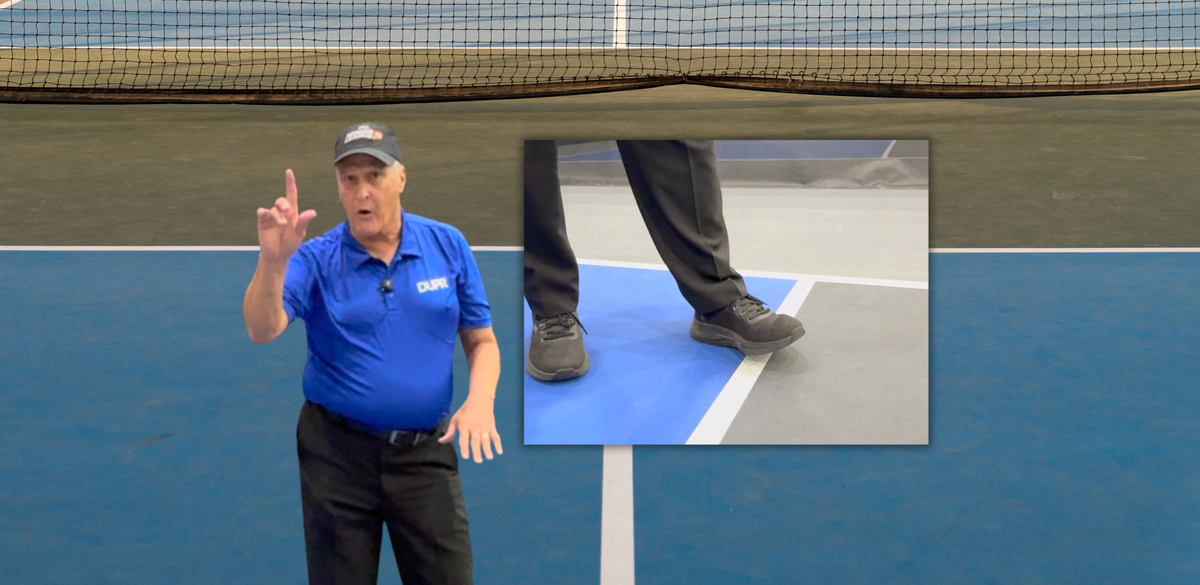Selecting the right paddle is a critical decision that can significantly impact your performance on the court. With an array of options available, finding the perfect pickleball paddle can be a daunting task.
To help you make an informed choice, here are ten essential factors to consider when selecting the appropriate pickleball paddle.
The material of the paddle is a fundamental aspect to consider. Pickleball paddles are typically made from materials such as wood, composite, polymer or graphite. Wood paddles are great for beginners, while composite and graphite paddles are preferred by intermediate and advanced players due to their lightweight and durability.
The weight of your pickleball paddle matters. Lighter paddles offer better control, while heavier paddles provide more power. Select a weight that suits your playing style and comfort level, but remember that a balanced middle ground may offer the best of both worlds.
Paddle grip size is a personal preference, and choosing the right size can affect your comfort and performance. Measure your hand to determine the appropriate grip size, which usually ranges from 4 to 4.5 inches in circumference. A comfortable grip ensures better control and maneuverability.
The grip material can vary from cushioned to non-cushioned options. Cushioned grips provide extra comfort and reduce vibrations, making them suitable for players with joint issues. However, some players prefer the feel of non-cushioned grips for better control. Here are a few grips to consider https://pickleballcentral.com/accessories/pickleball-paddle-grips
Pickleball paddles come in various shapes, including traditional, elongated, and widebody. The shape affects your reach, maneuverability, and sweet spot. Consider your playing style and personal preferences when choosing the paddle shape that suits you best.
The core material inside the paddle can be either polymer or Nomex. Polymer cores are known for their quiet play and control, while Nomex cores offer a more potent shot with increased spin. Select a core that complements your playing style.
Paddle surfaces can be textured or smooth. Textured surfaces provide more spin control, while smooth surfaces offer better power. Depending on your style, select a surface texture that aligns with your goals.
Some paddles are quieter than others, thanks to sound-dampening technologies. Check the noise level regulations in your pickleball community, and choose a paddle that complies with these rules to avoid any disruptions during play.
Research paddle brands and their reputation within the pickleball community. Established brands often offer high-quality products with better warranty and customer support. Reading reviews and seeking recommendations from experienced players can be helpful.
Lastly, consider your budget. Pickleball paddles come in various price ranges. While higher-end paddles offer premium features and performance, there are also budget-friendly options that provide excellent value for beginners and recreational players.
Choosing the perfect pickleball paddle is a significant decision that can enhance your gameplay. It's essential to balance the materials, weight, grip size, and other factors to match your playing style and comfort level. Whether you're a beginner or an experienced player, a well-considered paddle choice can make a significant difference in your pickleball experience. By evaluating these ten factors, you can confidently select a paddle that helps you perform at your best on the pickleball court.
Anuncie Aqui / Advertise Here
Sua marca para o mundo Pickleball! / Your brand for the Pickleball world!

 English
English  Spanish
Spanish  Portuguese
Portuguese  German
German  Italian
Italian  Japanese
Japanese  French
French  Polish
Polish  Russian
Russian  Netherlands
Netherlands  Hungarian
Hungarian  Turkish
Turkish  Videos
Videos  The Pickleball Guru
The Pickleball Guru








 English (US) ·
English (US) ·  Portuguese (BR) ·
Portuguese (BR) ·